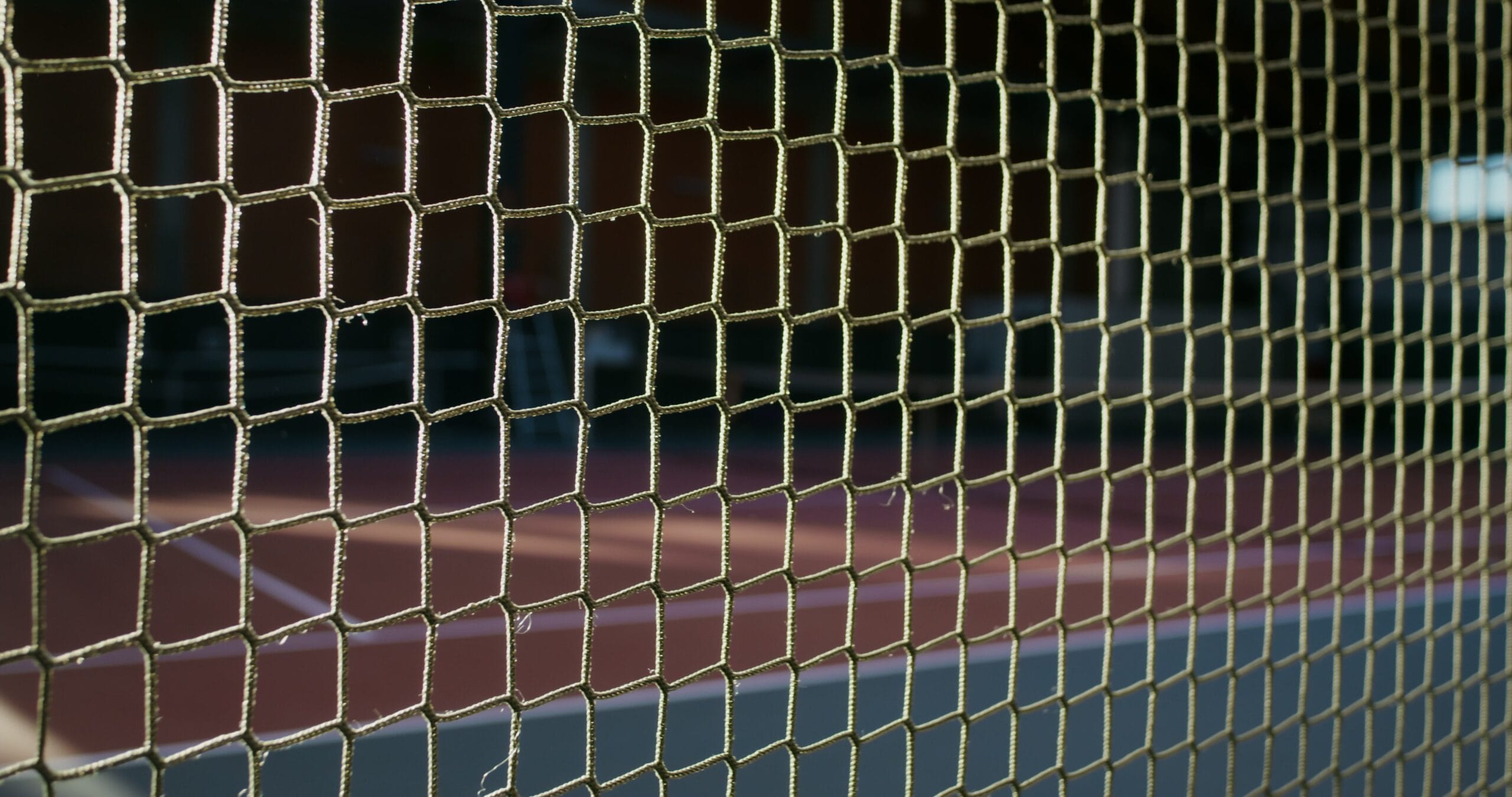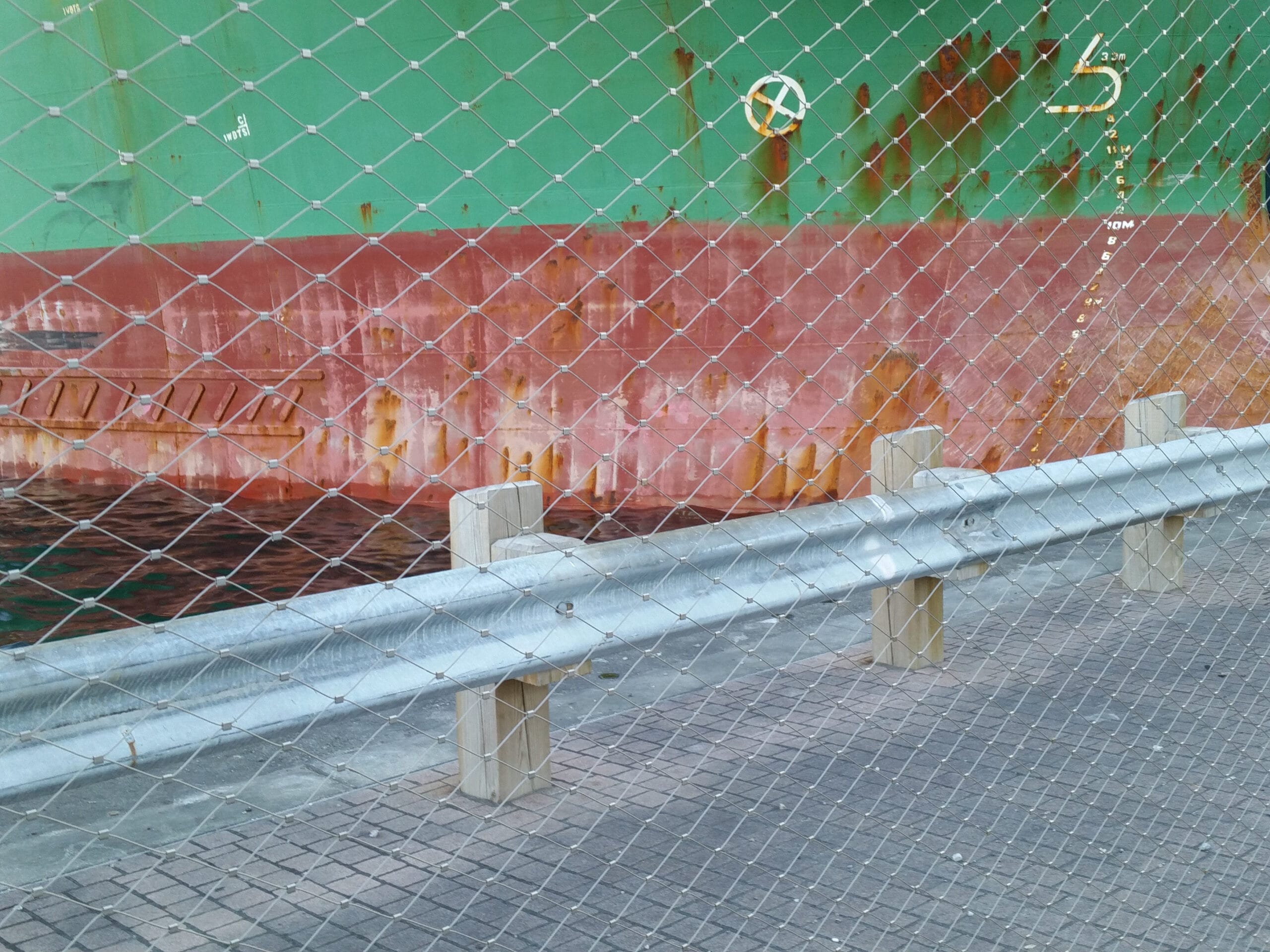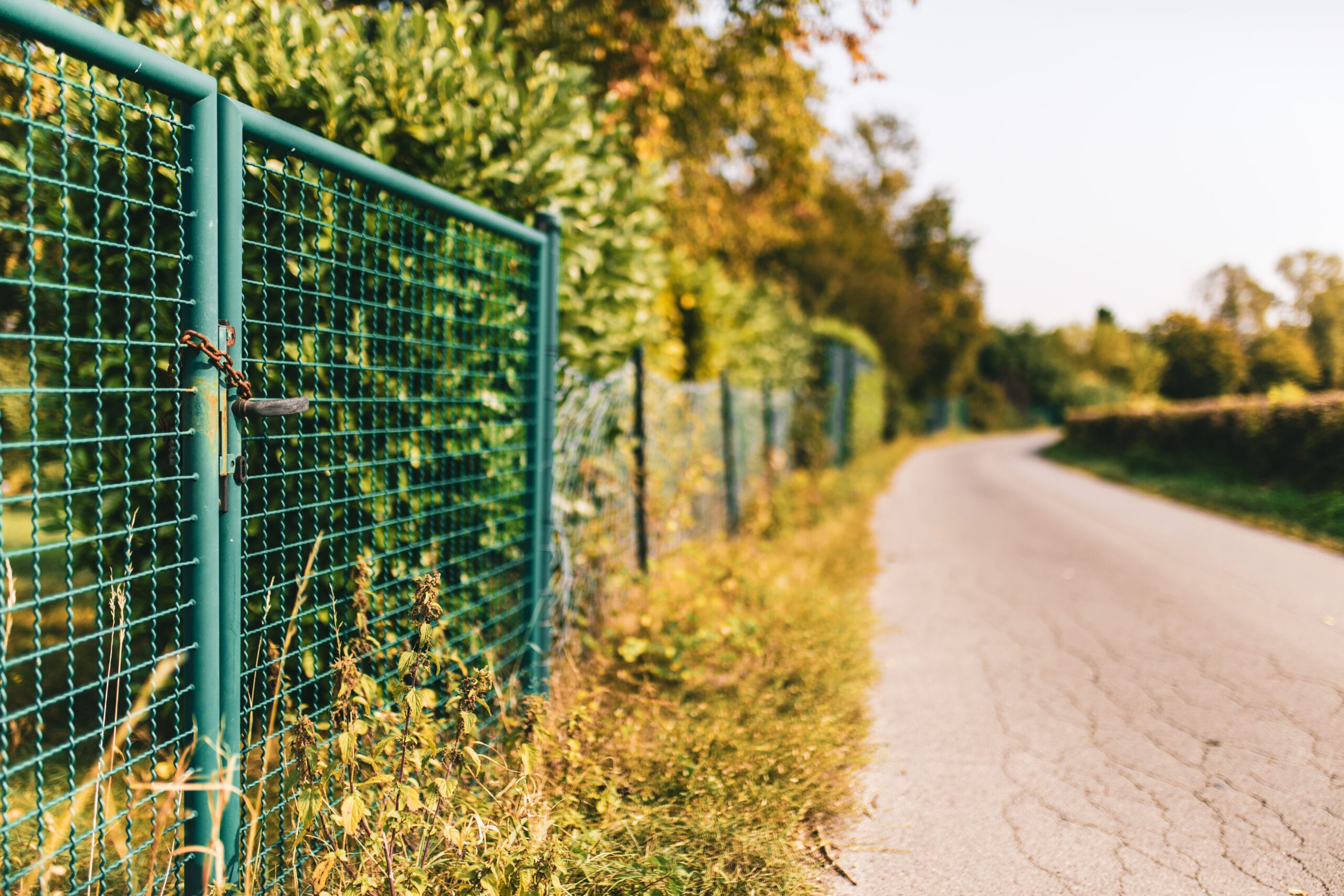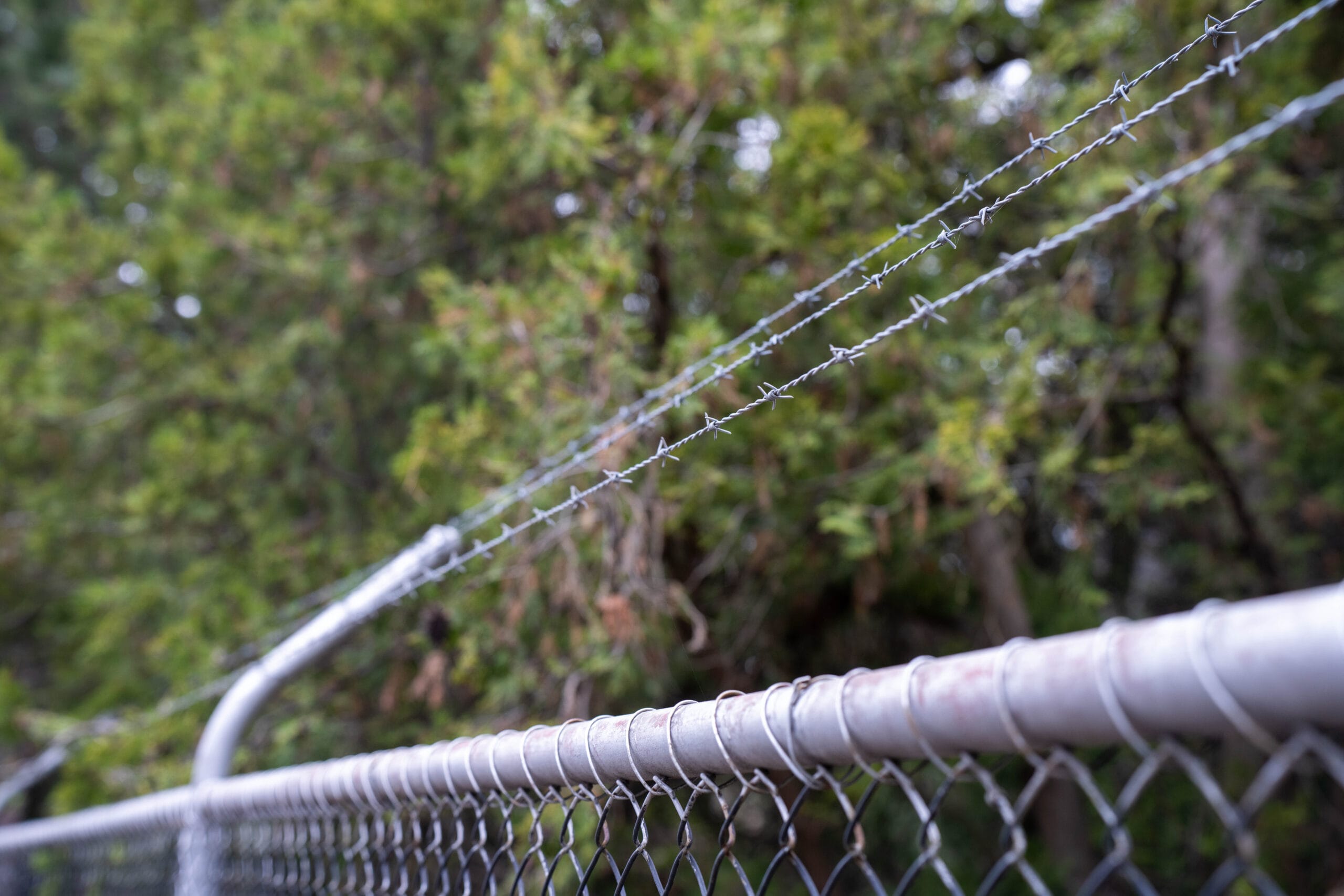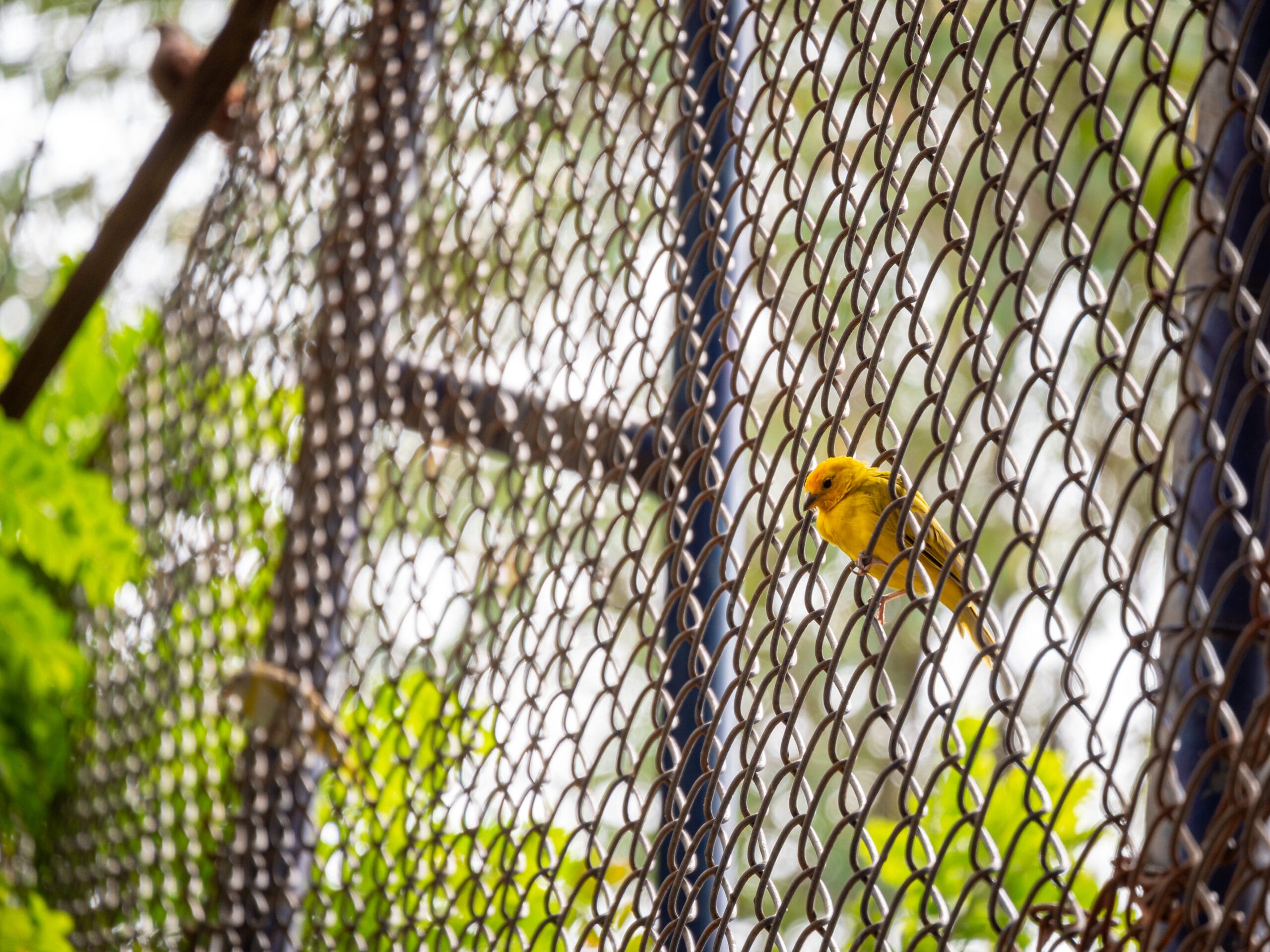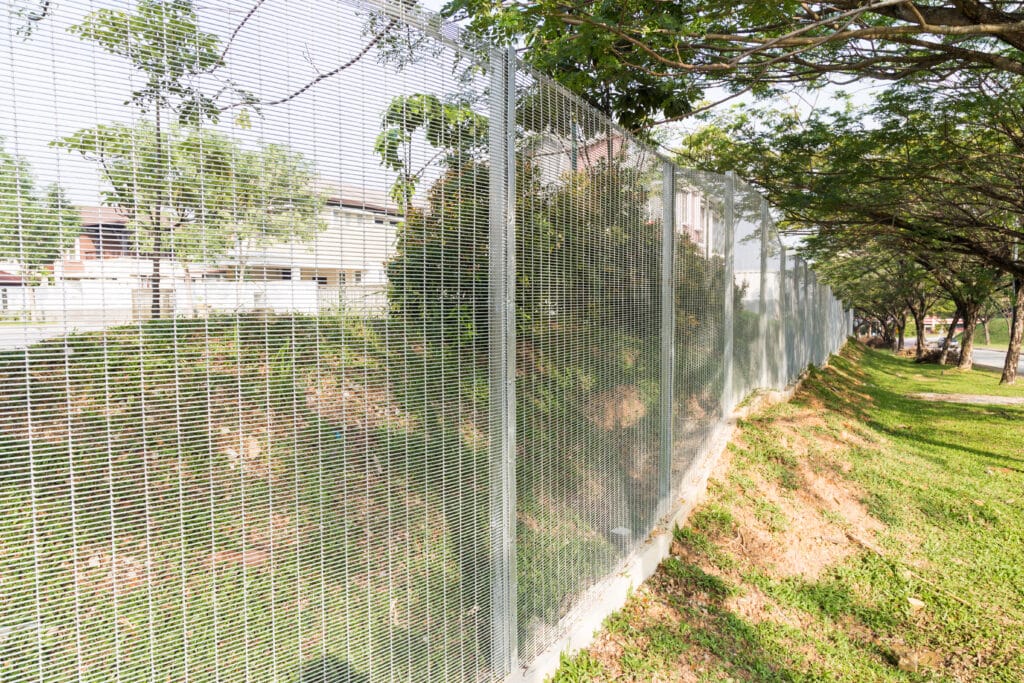
When it comes to keeping your property safe, choosing the right type of fence is important. Not all fences are the same because some are built for looks, some for privacy, and some for privacy, and some for strong security. If safety is your top concern, then an anti climb fence is one of the best options available today. Let’s find out about Anti Climb Fence vs Traditional Fencing, and which one is better?
W&C Engineering is a leading provider of high quality anti climb fence. With years of experience and trusted solutions, they help protect homes, businesses, schools, and industrial sites. In this blog, we’ll compare anti climb fence to traditional fencing and explain why the anti climb fence option is the smarter choice for real security.
What Is Anti Climb Fence?
Anti climb fence is a type of security fence that is specially designed to make climbing very difficult or even impossible. Unlike regular fences, anti climb fence have no hand or foot holds. Their tight mesh and pointed tops make it hard for anyone to grip, climb, or cut through.
These fences are commonly used in:
- Schools
- Government buildings
- Airports
- Warehouses
- Military bases
- Private homes in high risk areas
They are not only strong, but also designed to stop intruders before they even try to enter.
What Is Traditional Fencing?
When we talk about anti climb fence vs traditional fencing, then traditional fencing comes in many forms like wooden picket fences, chain-link fences, iron fences, and vinyl fences. These fences are often chosen for:
- Aesthetic appeal
- Marking boundaries
- Adding privacy
- Basic protection
However, most traditional fences are not designed for high level security. While they may look nice or keep pets in the yard, they are usually easy to climb or break through.
1. Climb Resistance
Anti Climb Fence:
The main purpose of an anti climb fence is to stop climbing. The tight mesh pattern means fingers and toes can’t grip it. Some fences also have curved tops or spikes to make climbing even harder.
Traditional Fence:
Most traditional fences like chain-link or wooden fences can be climbed easily. They often have horizontal bars or gaps where a person can place their feet or hands. This makes them less secure.
Winner: Anti Climb Fence
2. Cutting and Damage Protection
Anti Climb Fence:
Anti-climb fencing is made from strong, durable materials like welded steel mesh. They are very difficult to cut with standard tools. Even bolt cutters struggle with the tight mesh structure.
Traditional Fence:
Chain-link fences can be cut with simple tools. Wooden fences can be broken with force. Wrought iron may be tough but can still be bypassed with the right equipment.
Winner: Anti Climb Fence
3. Visibility and Monitoring
Anti Climb Fence:
Many anti-climb fencing are seen through. This allows for easy monitoring with cameras or guards. You get protection without blocking visibility.
Traditional Fence:
Wooden or vinyl fences may block the view completely. This might seem like added privacy, but it also helps intruders hide. Chain-link offers visibility but lacks strong protection.
Winner: Anti Climb Fence
4. Durability in Harsh Weather
Anti Climb Fence:
These fences are designed to last. They are weather-resistant and built with materials that don’t rust, crack, or weaken over time. Many are coated with special finishes to resist sun, rain, and snow.
Traditional Fence:
Wood can rot, warp, or attract termites. Metal may rust if not treated. Vinyl can crack under extreme heat or cold.
Winner: Anti Climb Fence
5. Maintenance Requirements
Anti Climb Fence:
Anti climb fencing requires little maintenance. Occasional cleaning or checks for damage is usually enough. Their strong structure stays intact for years.
Traditional Fence:
Wood needs painting or sealing. Chain-link may need rust removal. Vinyl needs regular washing to keep it looking clean.
6. Appearance and Design Options
Anti Climb Fence:
Modern anti-climb fencing come in different heights, colors, and designs. Some even look sleek and professional, making them suitable for commercial and residential properties alike.
Traditional Fence:
Traditional fences offer a wide range of styles and materials. They are often chosen for beauty and curb appeal.
Winner: Tie – Traditional fencing may look more decorative, but anti-climb fencing is now available in stylish designs too.
7. Safety for Children and Pets
Anti Climb Fence:
If you have kids or pets, safety is a big concern. Anti-climb fencing keeps them in and prevents others from getting in. They are also safer because children cannot climb them and risk falling.
Traditional Fence:
Kids can climb chain-link or wooden fences easily. Sharp edges or splinters can cause injury. Some fences also have gaps where pets can escape.
Winner: Anti climb Fence
8. Customization and Integration with Security Systems
Anti Climb Fence:
These fences can be combined with CCTV, alarms, and motion sensors. Some also have electric options or barbed wire tops. You can tailor them to fit your security plan.
Traditional Fence:
It’s harder to integrate traditional fences with modern security systems. Most of them are not designed with these features in mind.
Winner: Anti Climb Fence
When to Choose Anti-Climb Fencing?
You should consider installing anti climb fence if:
- You want strong protection against intruders
- You manage a school, warehouse, or government building
- Your area has high crime rates
- You need long-lasting, low-maintenance security
- You want to protect children, pets, or valuable asset
In all these cases, anti-climb fencing will provide peace of mind and strong security.
Why W&C Engineering Is Your Best Choice for Anti Climb Fence Solutions
Choosing the right fence is only part of the job, the quality of installation and materials matters too. W&C Engineering is a trusted expert in anti climb fence solutions. They offer:
- High-quality, durable materials
- Custom designs to match your property’s needs
- Professional installation by trained technicians
- Ongoing support and maintenance options
Whether you’re protecting a home, a warehouse, or a government facility, W&C Engineering delivers fences that you can rely on.
Conclusion
When comparing anti climb fence vs traditional fencing, the winner is clear. An anti-climb fence offers better protection, greater durability, and improved safety. It keeps intruders out, gives you peace of mind, and reduces maintenance over time.
While traditional fences can look nice and serve basic needs, they simply don’t offer the same level of security. In today’s world, real protection is more important than ever.
That’s why W&C Engineering, a leader in anti climb fence technology, continues to help property owners across the country secure what matters most. If you’re serious about safety, it’s time to upgrade your fencing and trust the experts at W&C Engineering.
Find more about: Benefits of Installing Anti-Climb Fencing for Homes and Businesses

